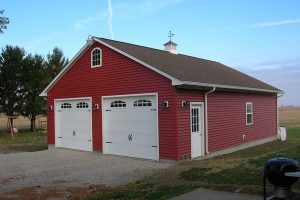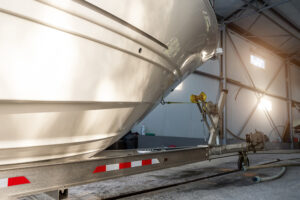
It’s not easy to estimate the life expectancy of a backyard shed. Some flimsy outbuildings have deteriorated within several years; others last more than a century under the right conditions. Several factors can significantly increase or reduce the lifespan of any shed:
Upkeep
These structures last far longer when people maintain them well. Wooden or aluminum siding periodically needs repainting, and it’s vital to install a new roof when necessary. You can also increase a building’s longevity by taking the time to trim trees or bushes that come in contact with it.
Materials
Some siding, roofing, door and wall materials outlast others. Vinyl window frames may have a longer lifespan because they don’t demand much upkeep, but wood can also last a long time if you maintain it. A rain gutter might help preserve your outbuilding’s exterior by keeping vulnerable materials dry.
Weather
Local conditions influence the building’s lifespan as well. The levels of exposure to rain, snow, sunlight and wind will have an impact. Wind damage may occur during powerful storms. Frequent rain can increase the likelihood that surfaces will rot, rust or suffer termite damage. Fortunately, thorough maintenance and proper design can reduce these risks.
Foundation
Sturdy foundations are rather important to the longevity of backyard outbuildings. This component often prevents shifting soil from inflicting damage. Without it, parts of the building may eventually sag, crack or break. A foundation also separates a wooden structure from the ground’s moisture, reducing the risk that it will rot.
Quality construction is vital as well. We use durable materials and strive to construct buildings that will stand the test of time. Our company also provides long-term warranties to guarantee the longevity of each new structure. If you’d like to build a long-lasting outbuilding, please contact us to get started.









